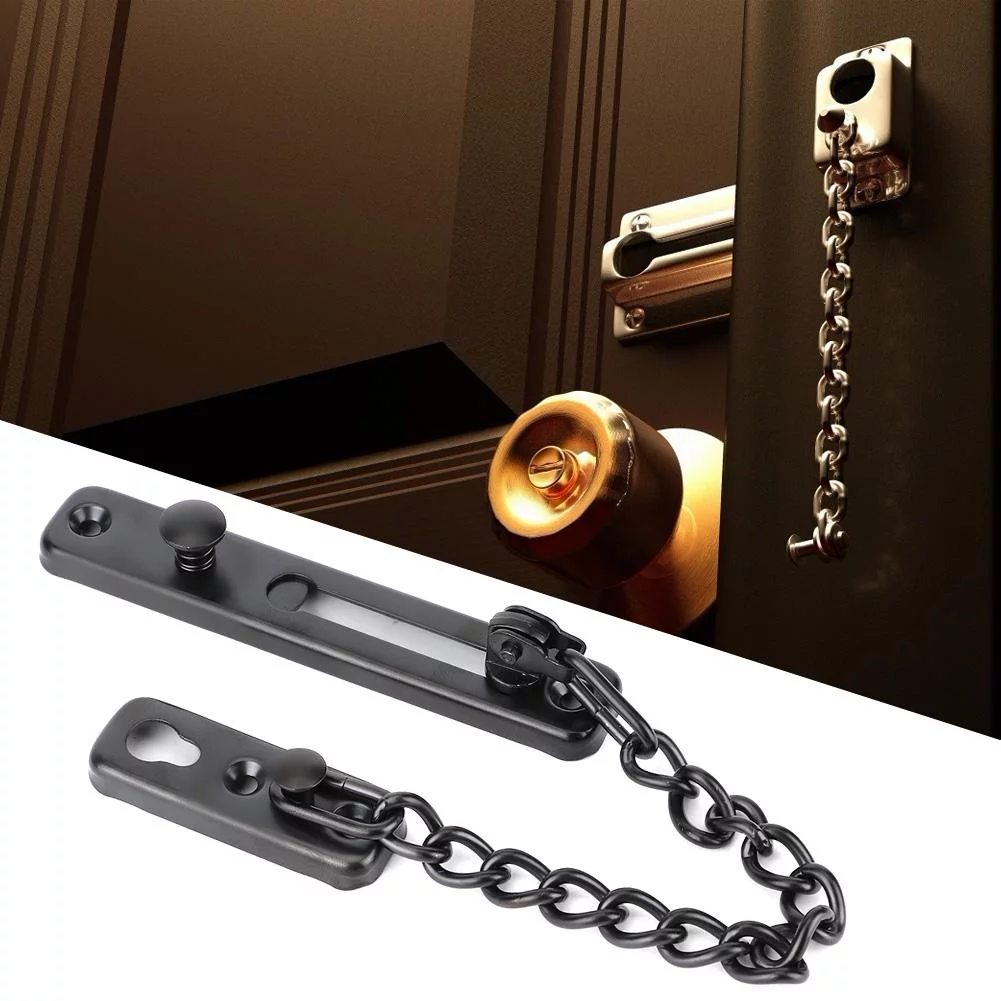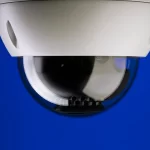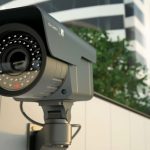I. Introduction

A. Highlighting the significance of safety door locks in home security
Safe door locks play a crucial role in securing homes and protecting the occupants from unauthorized access, potential intruders, and ensuring privacy and personal safety. Understanding the different types of safety door locks and their benefits is essential for homeowners to make informed choices and enhance their home security.
B. Exploring various types and benefits of safety door locks
There is a wide range of safety door locks available, each offering unique features and benefits. These locks provide protection against burglary, control access, and promote child safety. By exploring these different types, homeowners can identify the most suitable door lock options for their security needs.
II. Why Safety Door Locks are Essential for Home Security
A. Burglary Prevention and Deterrence
- Securing Entry Points: Protecting against unauthorized access
Safety door locks secure entry points, making it more challenging for intruders to gain access to the premises. Whether through deadbolt locks or reinforced door frames, strong and reliable locks act as a barrier, deterring potential burglars. - Acting as a Deterrent: Discouraging potential intruders
Visible and well-maintained safety door locks display a strong deterrent effect, informing potential intruders that the property is properly secured. This can discourage them from attempting to break in, as they are less likely to succeed and risk attracting attention.
B. Privacy and Personal Safety
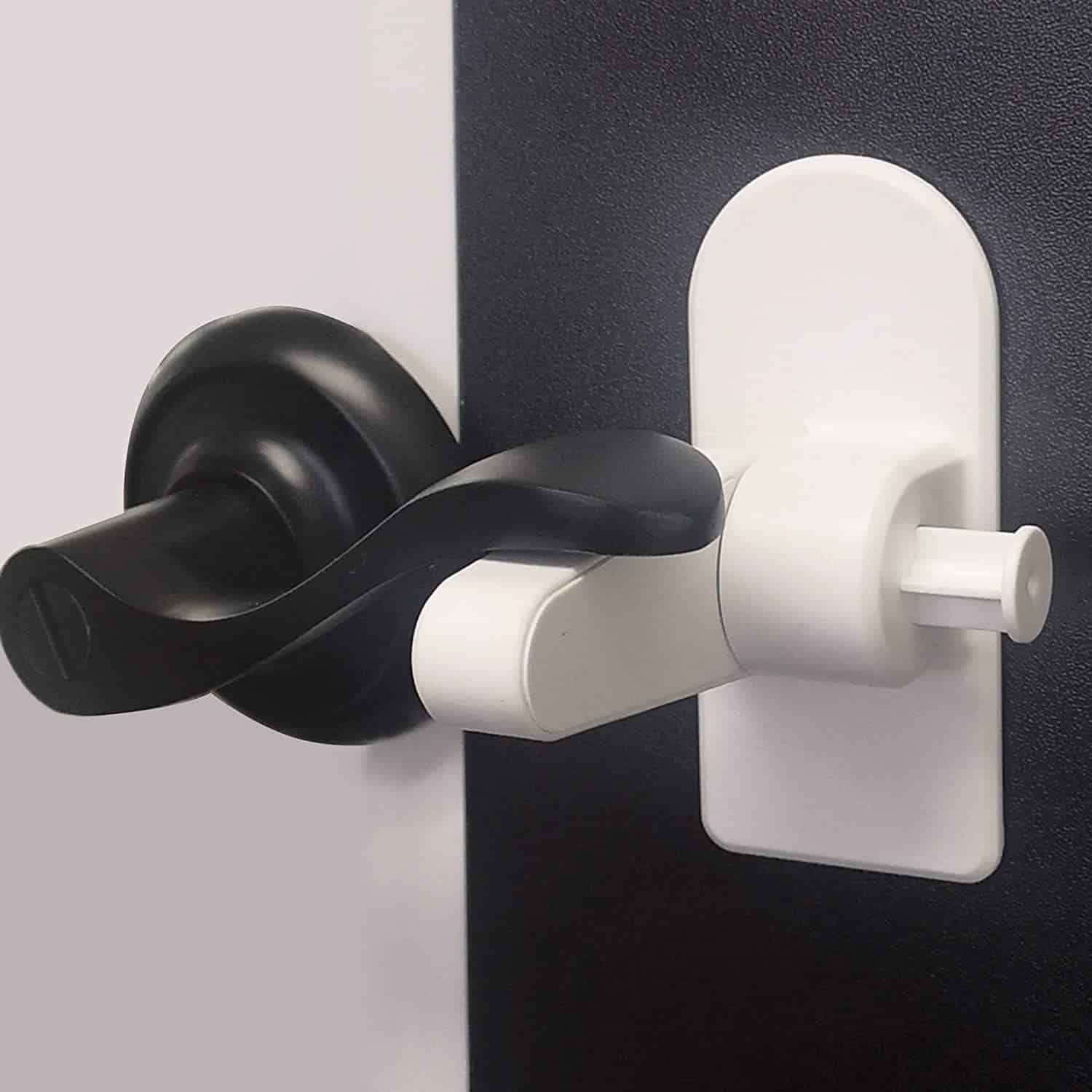
- Controlling Access: Enhancing control over who enters the premises
Safety door locks provide homeowners with control over who enters their property, ensuring privacy and personal safety. By managing access through proper locking mechanisms, homeowners can prevent unwanted individuals from entering their homes. - Providing Peace of Mind: Ensuring the safety and privacy of occupants
Knowing that the doors are securely locked provides a sense of peace and security to the occupants. Safety door locks contribute to a sense of well-being, allowing homeowners and their families to feel safe and protected within their own living spaces.
C. Child Safety
- Preventing Accidental Openings: Protecting young children from potential dangers
Safety door locks, such as childproof locks or chain locks, prevent young children from accidentally opening doors and accessing potentially hazardous areas, such as stairways or rooms with heavy objects or chemicals. -
Promoting a Safe Environment: Reducing the risk of accidents or injuries
By limiting access to certain areas of the house through safety door locks, parents can create a safer environment for children to play and explore, minimizing the risk of accidents or injuries.
III. Types of Safety Door Locks

A. Deadbolt Locks
- Single Cylinder Deadbolts: Securing doors from the inside with a key and a thumb turn
Single cylinder deadbolts are the most common type of deadbolt locks. They feature a mechanism that allows the door to be locked or unlocked from the inside using a thumb turn, while locking or unlocking from the outside requires a key. This type of lock provides an added layer of security, as it requires the use of a key to enter from the outside, offering protection against unauthorized access. - Double Cylinder Deadbolts: Requiring a key to lock and unlock from both inside and outside
Double cylinder deadbolts require a key to lock and unlock the door from both the inside and outside. This type of lock provides additional security as it prevents unwanted access even if someone manages to break a window or glass near the lock and attempts to turn the thumb turn from the inside. However, it’s important to note that double cylinder deadbolts can also pose a potential safety risk in emergency situations, as occupants need the key to exit the premises.
B. Keyless Entry Locks
- Keypad Locks: Using a numerical code to unlock the door
Keypad locks eliminate the need for keys by requiring a numerical code to unlock the door. Homeowners can program and customize access codes for themselves, family members, or trusted individuals. Keypad locks provide ease of use and offer flexibility in granting and revoking access without the need for physical keys. - Smart Locks: Allowing remote access and control via a smartphone or other devices
Smart locks utilize wireless technology to connect to smartphones or other devices, allowing remote access and control of the door. They provide features like remote locking and unlocking, activity logs, and the ability to grant temporary access to individuals via virtual keys. Smart locks offer convenience, advanced security features, and the ability to monitor and control entry from anywhere with an internet connection.
C. Chain Locks and Door Reinforcement
- Chain Locks: Providing limited access while keeping the door partially open
Chain locks are additional security measures that allow the door to be partially opened while providing limited access. They typically consist of a chain attached to the door frame and a track installed on the door. Chain locks are often used as secondary locks and provide a way to communicate with individuals outside the door without fully opening it. - Door Reinforcement Devices: Strengthening the door frame and making it more resistant to break-ins
Door reinforcement devices, such as door jammers or security bars, are added measures that strengthen the door and make it more resistant to forced entry. These devices are typically designed to reinforce the door frame, making it more difficult for potential intruders to kick or force the door open. They provide an extra layer of protection and enhance home security.
IV. Choosing and Installing Safety Door Locks
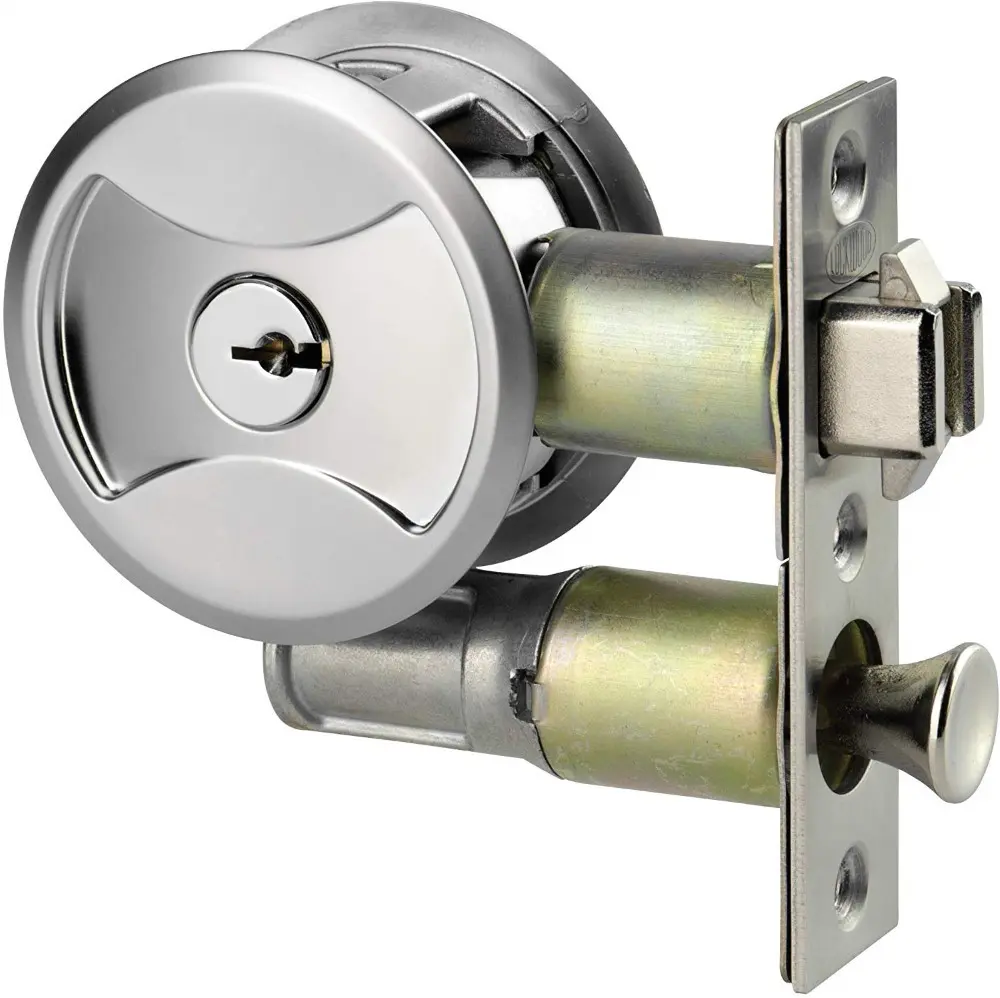
A. Assessing Security Needs
- Evaluating the level of security required for different entry points
Assess the vulnerabilities and security needs of each entry point, such as front doors, back doors, and other access points. Consider factors like location, neighborhood safety, and personal preferences to determine the level of security needed for each door. - Identifying specific needs, such as childproofing or remote access control
Identify any specific requirements, such as childproofing measures for doors leading to hazardous areas or the need for remote access control for added convenience. Tailor the selection of safety door locks to match these specific needs.
B. Quality and Reliability
- Choosing locks from reputable manufacturers and brands
Select safety door locks from reputable manufacturers and well-known brands with a proven track record of quality and reliability. Research customer reviews, seek recommendations, and choose locks that have undergone rigorous testing. - Ensuring compliance with industry standards for quality and reliability
Check if the safety door locks comply with industry standards for quality and reliability. Look for certifications or markings indicating adherence to recognized security standards to ensure that the locks meet the necessary requirements for maximum security.
V. Conclusion
A. Emphasizing the importance of safety door locks in maintaining home security Safety door locks are essential for maintaining home security, providing protection against unauthorized access, ensuring privacy and personal safety, and promoting child safety. Deadbolt locks, keyless entry locks, chain locks, and door reinforcement devices offer various options to meet specific security needs.
B. Encouraging the use of safety door locks as a fundamental measure for protecting homes and occupants Selecting the appropriate safety door locks, ensuring proper installation, and conducting regular maintenance are crucial steps in enhancing home security. By prioritizing safety door locks, homeowners can significantly reduce the risk of unauthorized access and intrusions, providing peace of mind and a sense of safety for themselves and their families.

